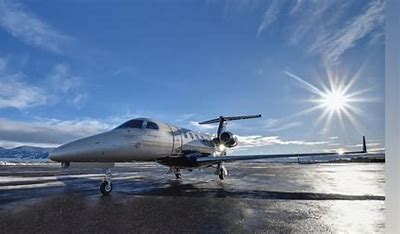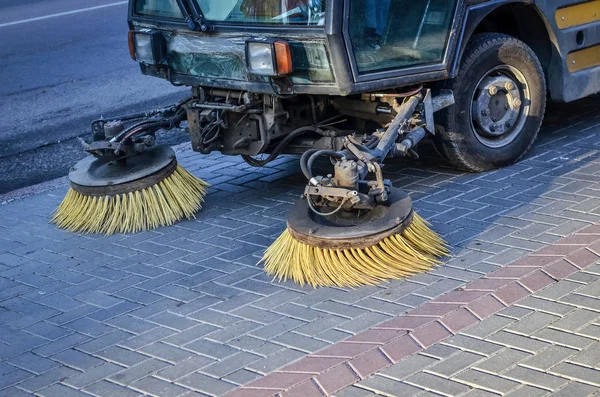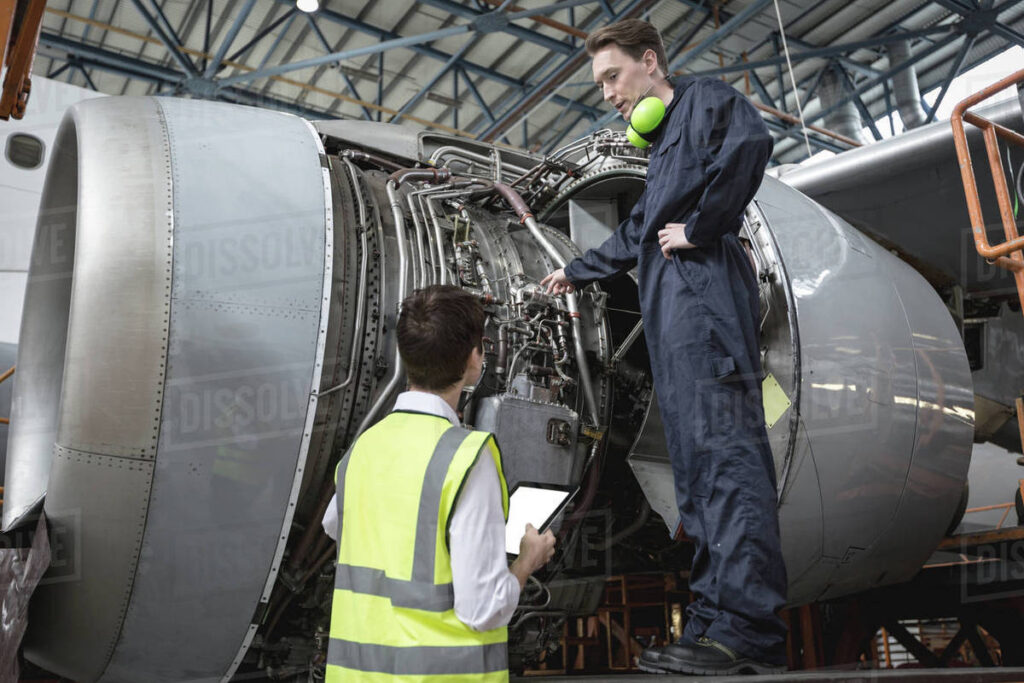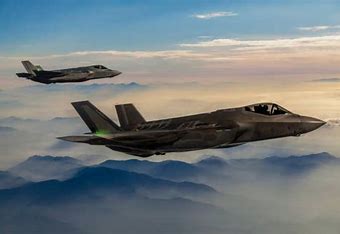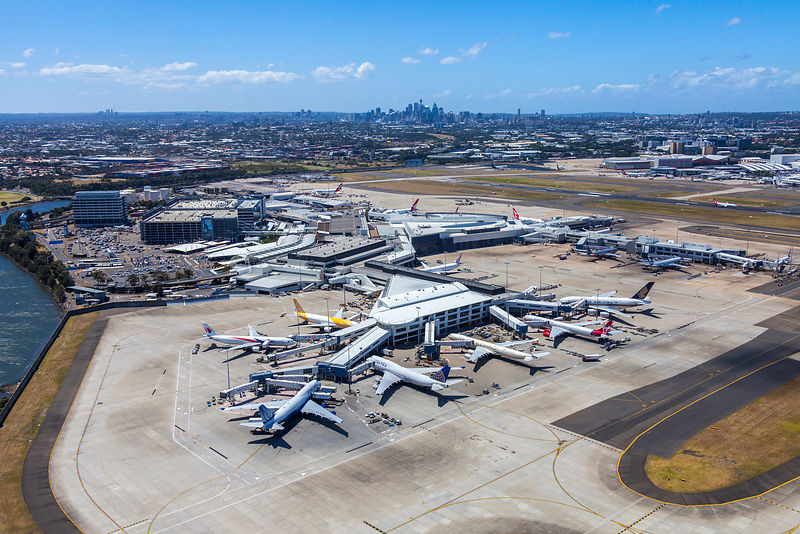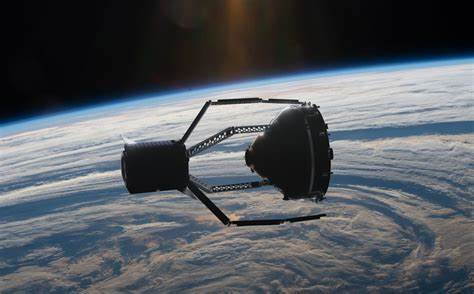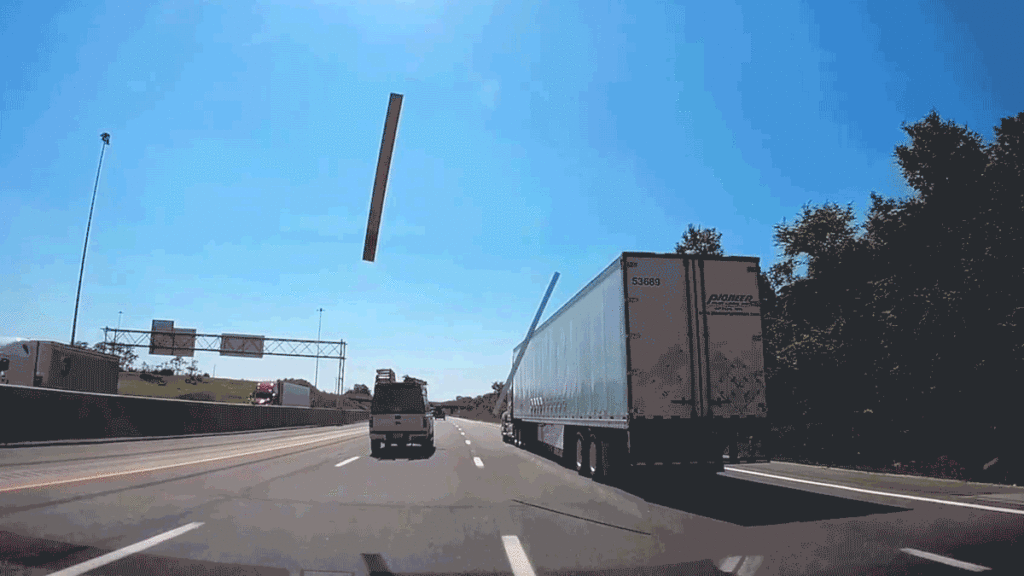Tire Blowout Halts American Airlines Flight in Tampa

For the passengers aboard American Airlines flight 590, the day commenced as any typical travel morning, with expectations set for a routine journey from Tampa to Phoenix. All were comfortably seated, awaiting departure. However, the routine was suddenly disrupted as the aircraft accelerated along the runway, a tire on the plane ignited.
An Abrupt Start to a Typical Morning Flight
Sheri Blankenship, traveling back to Phoenix with her granddaughter after a summer visit, described the ordeal as surreal. “We get to the airport. Everything was fine. We loaded good, got ready to taxi the runway, started down the runway full force. All of the sudden, it felt like we were on a gravel road.”
Sheri shared. The situation quickly escalated when the tire incident felt like smacking into a giant pothole.
“The plane was on fire,” Sheri explained, highlighting the chaos that ensued as the landing gear caught flames. The shocked passengers were left sitting on the runway, an anxiety-inducing delay, as they awaited assistance.
Response and Resolution
First responders were quick to the scene, managing to extinguish the fire and prevent any injuries. Yet, despite their swift action, the incident caused significant disruption. It took about three hours for passengers to be bussed back to the terminal—a tense wait for many, including Sheri, who was notably shaken by the event.
Reboarding was another hurdle. Passengers like Sheri were reissued their boarding passes for a new flight around 11:30 AM. However, not everyone was eager to fly again so soon. “I didn’t want to get on another plane,” Sheri admitted, expressing a desire to drive across the country instead.
Reflecting on a Narrow Escape
In the aftermath, American Airlines was apologetic, recognizing the severe inconvenience caused to its passengers due to the mechanical issue on the runway. Their official statement assured all flyers of a commitment to passenger safety and a regret over disrupted travel plans, but for those aboard flight 590, this incident was more than a mere inconvenience—it was a terrifying brush with danger.
Sheri’s story sheds light on the emotional and logistical disturbance that follows such unforeseen incidents. For many, this experience might prompt a reconsideration of future travel plans or at least a reminder of the unpredictability that can accompany air travel. Meanwhile, the quick and effective response by the crew and emergency services showcased their readiness to handle crisis moments, ensuring that everyone walked away unscathed physically.

